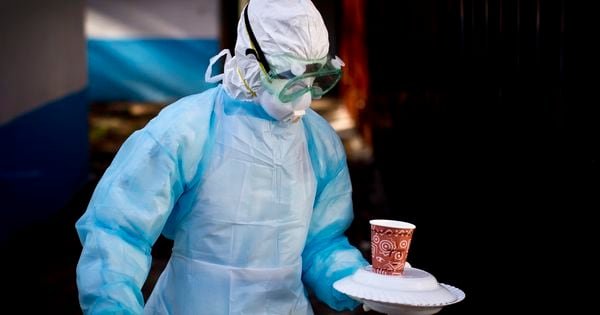There is no approved vaccine or treatment for Marburg disease.
Like Ebola, the Marburg virus is thought to originate from fruit bats and is spread to people through close contact with the body fluids of an infected person or surfaces such as contaminated bed sheets. If Marburg disease is not treated, up to 88% of people with the disease can die.
The Sabin Vaccine Institute said in a statement that it “has entered into a clinical trial agreement with the trial sponsor, the Rwanda Biomedical Center, to provide investigational doses” for the study.
The Rwandan government announced that 46 people have been confirmed to have the virus, 29 of whom are in isolation. Health officials have identified at least 400 people who came into contact with people confirmed to have the virus.
Rwanda declared an outbreak of Marburg disease on September 27 and reported six deaths the next day. Authorities announced at the time that the first case was found among patients at a medical facility. The source of the outbreak has not yet been confirmed.
Symptoms include fever, muscle pain, diarrhea, vomiting, and in some cases death due to extreme blood loss.
In Rwanda, most of the sick are health workers in six of the country’s 30 districts. Some of the patients live in areas bordering Congo, Burundi, Uganda and Tanzania, the World Health Organization said.
Rwandans are being asked to avoid physical contact to limit the spread of infection. Strict measures include limiting the number of people who can attend the funerals of Marburg victims, as well as suspending visits to schools and hospitals. In the event of a Marburg-related fatality, no vigil will be allowed at home.
The US Embassy in Kigali has asked its staff to work remotely and avoid visiting the office.
According to WHO, outbreaks and isolated cases of Marburg disease have previously been recorded in Tanzania, Equatorial Guinea, Angola, Congo, Kenya, South Africa, Uganda and Ghana.
The virus was first identified in 1967 after causing simultaneous disease outbreaks in laboratories in Marburg, Germany, and Belgrade, Serbia. During the monkey research, seven people contracted the virus and died.

